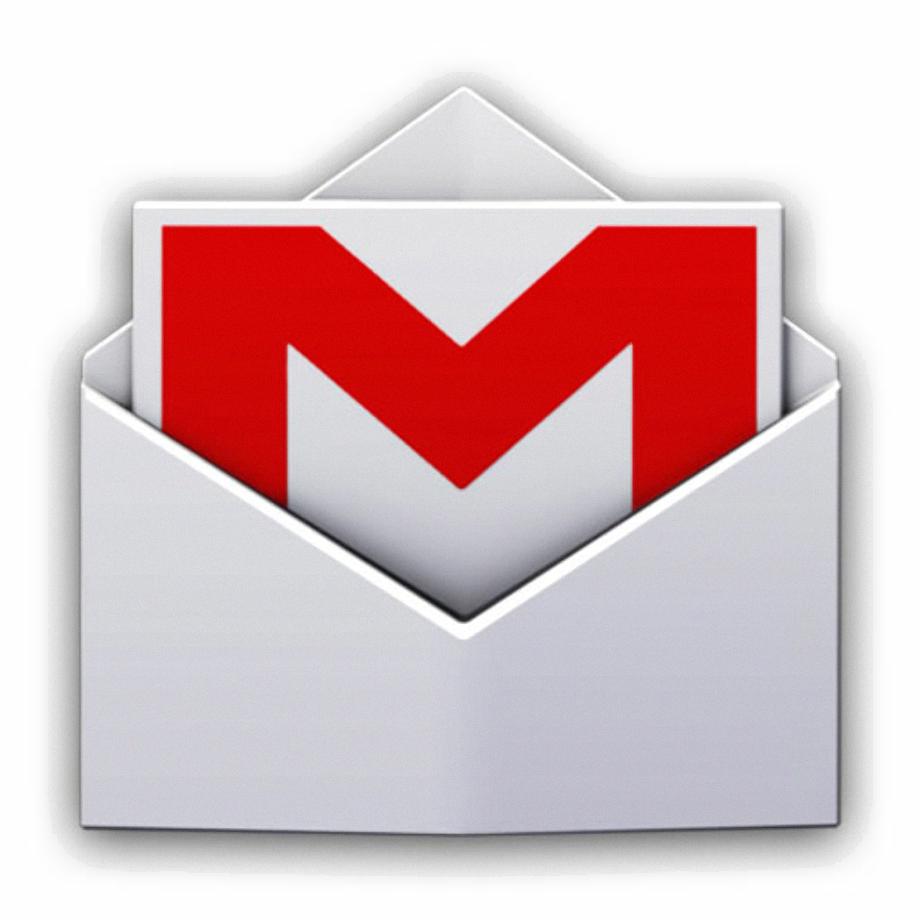Managing your Gmail inbox can be a daunting task, especially when it gets cluttered with old emails. Thankfully, Gmail offers a simple solution to automatically delete or archive these emails by creating a filter. In this guide, we’ll walk you through the steps to set up Gmail to delete old emails efficiently.
Step 1: Accessing Gmail Settings
To begin, log in to your Gmail account and navigate to the settings by clicking on the gear icon in the top right corner of the page. From the dropdown menu, select ‘See all settings’ to access the full range of Gmail settings.
Step 2: Creating a Filter
In the settings menu, click on the ‘Filters and Blocked Addresses’ tab. Scroll down to find the ‘Create a new filter’ option. This will open a dialog box where you can input the search criteria for the emails you want to automatically delete or archive.
Step 3: Defining Search Criteria
Enter the specific criteria for the emails you want to filter, such as sender, recipient, keywords, or timeframe. You can set a timeframe for the emails to be considered as old, for example, emails older than 30 days.
Step 4: Adding Additional Search Options
Click on the ‘Show search options’ to reveal more advanced search parameters that you can include in your filter. This allows you to further refine the search criteria and target specific types of emails.
Step 5: Creating the Filter
After inputting your desired search criteria, click on the ‘Create filter’ button. This will open a new dialog box where you can choose what action to take on the filtered emails – archive them or delete them.
Step 6: Selecting Action
Choose the action you want Gmail to take on the old emails – either ‘Delete it’ to permanently remove them from your inbox or ‘Skip the inbox (Archive it)’ to move them to the archive folder.
Step 7: Applying the Filter
Once you’ve selected the action, click on the ‘Create filter’ button to save and apply the filter. Gmail will now automatically process any incoming emails that match the defined criteria based on your chosen action.
Step 8: Managing Filters
To review or modify your existing filters, simply revisit the ‘Filters and Blocked Addresses’ tab in the settings menu. Here, you can edit, delete, or disable filters as needed to keep your inbox organized.
Step 9: Adjusting Filter Settings
If you want to make changes to your filter settings, you can do so by clicking on the ‘Edit’ option next to the filter in the settings menu. This allows you to fine-tune the search criteria or actions taken on filtered emails.
Step 10: Testing the Filter
It’s a good practice to test the filter after setting it up to ensure it works as intended. Send a test email that matches the filter criteria to see if it gets automatically deleted or archived by Gmail.
Step 11: Monitoring Filtered Emails
Regularly check your archived or deleted emails to verify that the filter is correctly capturing and processing the old emails. This helps you ensure that important emails are not mistakenly filtered.

Step 12: Enjoy a Clutter-Free Inbox
By setting up Gmail to automatically delete or archive old emails using filters, you can maintain a tidy and organized inbox without the hassle of manually sorting through piles of outdated messages. Say goodbye to email clutter and hello to a streamlined email experience!
